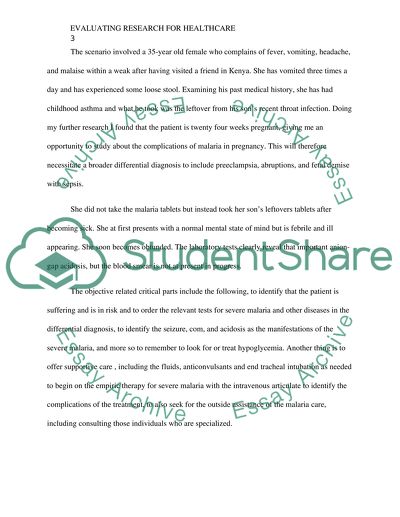Cite this document
(“Use of intravenous quinine sulfate remains to treat severe malaria Essay”, n.d.)
Retrieved from https://studentshare.org/nursing/1393974-use-of-intravenous-quinine-sulfate-remains-to-treat-severe-malaria
Retrieved from https://studentshare.org/nursing/1393974-use-of-intravenous-quinine-sulfate-remains-to-treat-severe-malaria
(Use of Intravenous Quinine Sulfate Remains to Treat Severe Malaria Essay)
https://studentshare.org/nursing/1393974-use-of-intravenous-quinine-sulfate-remains-to-treat-severe-malaria.
https://studentshare.org/nursing/1393974-use-of-intravenous-quinine-sulfate-remains-to-treat-severe-malaria.
“Use of Intravenous Quinine Sulfate Remains to Treat Severe Malaria Essay”, n.d. https://studentshare.org/nursing/1393974-use-of-intravenous-quinine-sulfate-remains-to-treat-severe-malaria.


